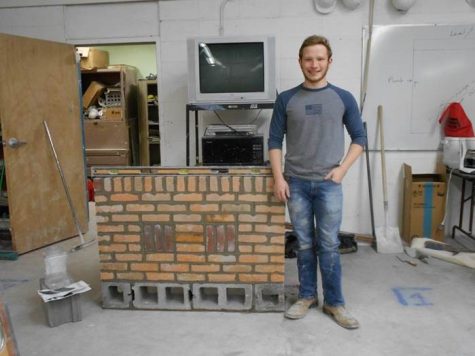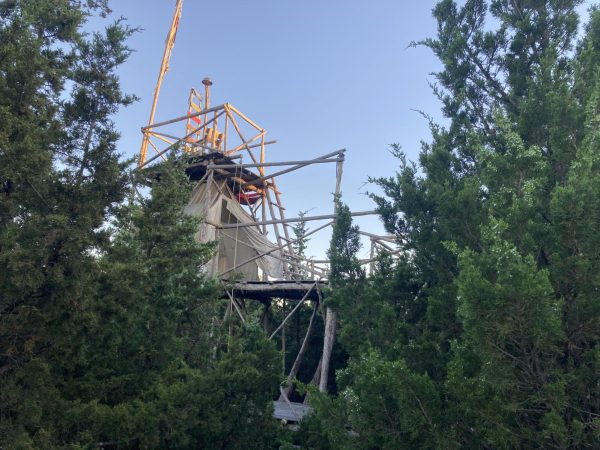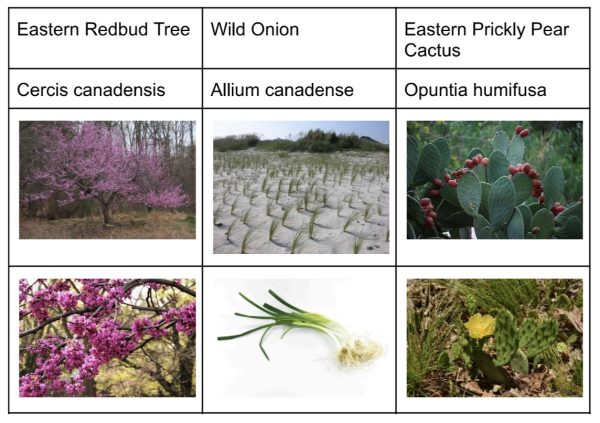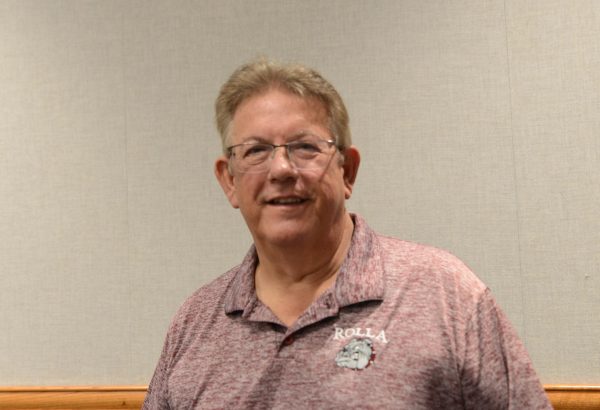MS&T professor, students explore links between lakes on Earth, Mars
When one mentions ‘lakes’ the immediate connotation is a large body of water, usually for swimming and watching fireworks over. However, Dr. Melanie Mormile is researching a different kind of lake located in Australia in hopes of discovering what kinds of life forms could have possibly lived on Mars.
“These lakes are interesting because they are very salty and very acidic. There are not many places here on Earth that you can find that. However, when you consider what has been found on Mars, it appears that there were ancient watery, salty, acidic environments,” Mormile said.
These lakes are able to form on Earth because of evaporation. A body of water filled with dissolved minerals evaporates, but the salts stay behind.
“In Australia, the groundwater has a lot of these different salts present in them. Over time the groundwater rises up and these ephemeral lakes form. Some water is present but then it evaporates, so you have the deposition of the salts. Then more groundwater comes up as well as some rain, but it evaporates again, leaving more salt to build up,” Mormile said.
These lakes are few and far between on Earth, some popping up in Chile as well as Australia. However, lakes like these also happen to exist on Mars, one of the few similarities between the two planets.
“More fresh water was present, but as Mars lost it’s atmosphere, it also lost it’s water. Mars went through a period of time where it most likely had mildly salty water, but as the water evaporated away it was not being recycled because of the loss of atmosphere and the planet became drier and drier,” Mormile said.
As the water evaporated away, what remained became more concentrated and increased the salinity and acidity. On Earth, the water is cycled because of the atmosphere, kept intact through the the magnetic north and south poles. Earth has an iron core surrounded by a liquid iron layer, creating a kind of dynamo, causing the magnetic poles. Mars lost it’s atmosphere, and although the reasoning is not definitive, some theories have arisen.
“Mars is one third the size of Earth. Even if [Earth and Mars] began with very similar cores, and even though we have this solid iron core, it is incredibly hot and has strong pressure keeping it solid. With Mars, because of it’s size, [researchers] think it cooled faster,” Mormile said.
The successful landing of Insight, a robotic lander designed to study the the interior of Mars, provides hope of finding the conclusive answer to the question of Mars’ atmosphere.
Current day Mars is incredibly dry, but minerals found on the planet suggest that at one point it did house standing bodies of salty water. Mormile confirms the ultimate meaning of the similarities between Earth and Mars:
“It means, and not for millions of years, but Earth will probably become Mars like,” Mormile said.
There is a considerable amount of talk about terraforming Mars, making the planet more like Earth, but Mormile speculates about how expensive it is and questions how successful the process would be.
However effective that process would be, Mormile is optimistic about what her studies could lead to. This link of lakes between Earth and Mars could possibly open a door to better understanding the dry planet.
“What we are hoping to do is, by understanding the microorganisms in these lakes in Australia, we will have an idea of what could have possibly been able to live in those ancient environments on Mars,” Mormile said.
These microorganisms would most likely be single cell, extremely basic life forms, if there even was life present. In order to understand these miniscule life forms, Mormile, colleagues and her students extracted the DNA present in the water, sediments, and groundwater of the lake.
“After that, a colleague at Georgetown University, Sarah Stewart Johnson, and her students did the metagenomic analysis. Essentially they took the DNA and sequenced it. Then with those sequences, they determined the types of bacteria and other microorganisms present,” Mormile said.
Though there has been no definitive evidence of life anywhere besides Earth, but with the results from Mormile’s and her colleague’s research, they “can possibly look for biomarkers of possible previous life.”
These biomarkers are a result of when an organism dies, but certain cellular structures degrade slower and could still be preserved in salt on Mars.
In the lakes in Australia, Mormile and her associates have gathered unexpected results of protozoa able to thrive in the extreme environments. In turn, she is hoping to be able to work towards aiding the Earth, not only learning about Mars.
“What we are hoping to do is get a better understanding of these organisms like the protozoa and bacteria to better understand things here on Earth. In these lakes, there are lots of sulfur and iron present. If we can better understand the biogeochemical structures of sulfur and iron, we can possibly use them to benefit us,” Mormile said.
Another interest area of Mormile’s is bioremediation, taking microorganisms to use them for cleaning up polluted environments. She believes these extreme bacteria from the lakes could help.
“There are plenty of contaminated areas that have lots of salt present. Typically bacteria don’t handle salt well, they simply shrivel up and die. We can possibly use these extreme ephelec bacteria at these sites that have been contaminated,” Mormile said.
Her immense interest and research into these microorganisms and what they could bring about in terms of discovery across planets stemmed from simply wanting research collaborators.
“One of the things I studied was the microorganisms that become trapped in salt as it forms. I wanted to find someone else who was also interested in this, but a geologist. I found that Dr. Kathleen Benison was interested in this research, so we invited her to do a seminar here at MS&T. With that, we were able to find that we had a lot of mutual research interests. We wrote our first proposal about 15 years ago. That is where it began,” Mormile said.
Within this process, Mormile has worked with countless colleagues and stresses that she “hasn’t been able to do this research by myself. There have been wonderful collaborators as well as great students here who have helped me do this.”

Those playing tennis at the courts in town have probably noticed the pavilion being built over the past year. However, most students have not realized...







